 others
others
E-Commerce: What Do You Mean By E-Commerce
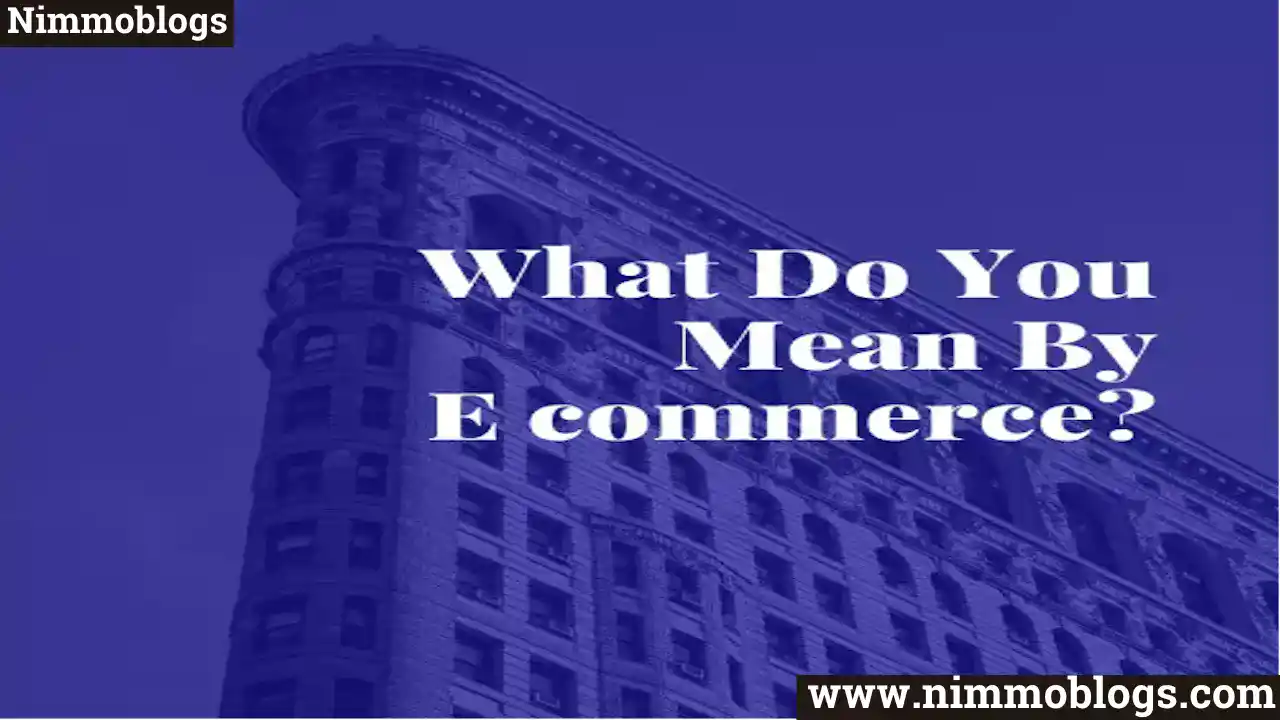
E-commerce
E-Commerce refers to the electronic commerce. It is the process of buying and selling goods and services on the internet through electronic devices such as laptops, desktop computers, etc. An e-commerce website is a website that allows a business to sell its products and services to its online audience.
Types of E-commerce business models
Electronic commerce is a business model that helps firms and individuals to buy and sell things over the internet. E-commerce operates in the following major market segments: There are many types of e-commerce business models which are shown below:
1. Business To Business(B2B)
B2B e-commerce refers to the sale of products or services between businesses via an internet sales portal. Whereas generally, the client is the user, usually the client resells to the buyer. This sort of e-commerce usually applies to the link between producers and wholesalers; It's going to boot stay applied to the link between the producers or the wholesalers and therefore the retailers themselves. However, an equivalent relationship may occur between service suppliers and business organizations. B2B usually needs a lot of capital and an extended sales cycle, however, ends up in higher order worth and a lot of continual purchases.
2. Business To Consumer(B2C)
Business To Consumer (B2C) businesses sell to their end-user. The B2C model is the commonest business model, thus there are several distinctive approaches underneath this umbrella.
Anything you get in an internet store as a shopper — suppose wardrobe, the family provides, amusement — is completed as a part of B2C dealing. The decision-making method for a B2C purchase is way shorter than a business-to-business (B2B) purchase, particularly for things that have a lower worth.
Think about it: it’s a lot easier for you to choose a replacement combination of court game shoes than for your company to vet and buy a replacement email service supplier or food supplier. Because of this shorter sales cycle, B2C businesses usually pay less promoting greenbacks to create a buying deal, however, even have a lower average order worth and fewer continual orders than their B2B counterparts.
3. Consumer To Consumer(C2C)
Consumer-To-Consumer (C2C), or customer-to-customer, represents a market atmosphere wherever one client purchases a product from another client employing a third-party business or platform to facilitate the dealings.
In this case, the third-party platform usually earns its cash by charging dealings or listing fees. These businesses have the benefit of self-propelled growth by motivated patrons and sellers, however, face a key challenge in internal control and technology maintenance. Another customer’s profit is the competition for products. Customers might usually realize things that are troublesome to find elsewhere. Also, margins are often more than ancient rating strategies for sellers as there are nominal prices because of the absence of shops or wholesalers.
4. Consumer To Business(C2B)
Consumer-To-Business (C2B) e-commerce is once a shopper makes their services or product obtainable for firms to get. The competitive fringe of the C2B e-commerce model is in its rating of products and services. This approach includes reverse auctions, within which customers name the value of a product or service they want to shop for. Another type of C2B happens once a shopper provides a business with a fee-based chance to promote the business's product in the consumer's journal.
For instance, food firms might raise food bloggers to incorporate a replacement product in an exceeding direction and review it for readers of their blogs. YouTube reviews are also incentivized by free products or direct payment. This might additionally embrace paid publicity on the buyer web site. Google Adwords/Adsense has enabled this type of relationship by simplifying the method through which bloggers are often got ads. Services like Amazon Affiliates enable website homeowners to earn cash by linking to a product purchasable on Amazon. Samples of C2B include a graphic designer customizing a corporation brand, or a lensman taking photos for the e-commerce website.
5. Business To Administration(B2A)
Business-To-Administration (B2A), additionally called business-to-government (B2G), refers to any or all transactions between firms and public administrations or government agencies. Government agencies use central websites to trade and exchange data with varied business organizations. This can be a section that involves several services, significantly in areas like Social Security, employment, and legal documents.
Businesses that are at home interacting with alternative businesses or directly with customers usually encounter surprising hurdles once operating with government agencies. Layers of regulation will damage the potency of the catching method, and thus, governments tend to require longer than non-public firms to approve and start work on a given project.
6. Consumer To Administration(C2A)
Consumer-To-Administration (C2A) e-commerce encompasses all electronic transactions between people and public administration. The C2A e-commerce model helps the buyer post their queries and request data relating to the general public sector directly from their native governments/authorities. It provides a simple thanks to establishing communication between the customers and therefore the government.
Examples of C2A embrace taxes (filing tax returns), health (scheduling a briefing victimization an internet service), and paying tuition for education.
Importance Of E-Commerce
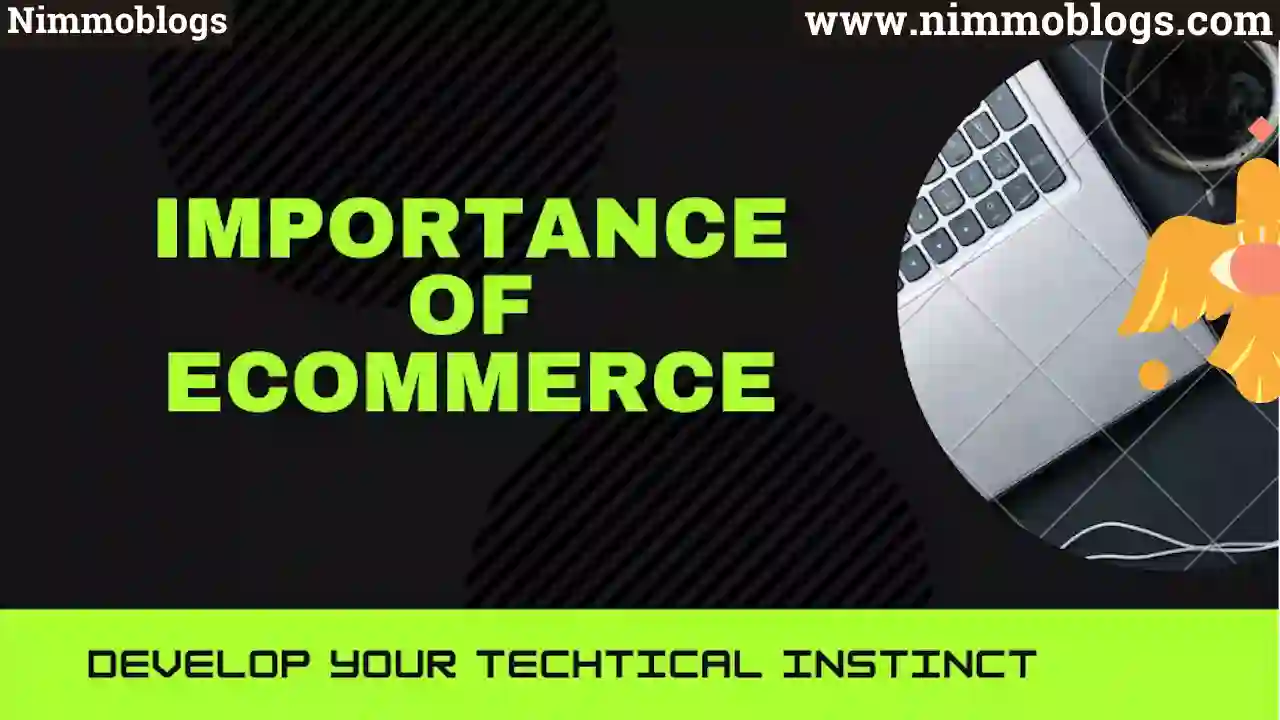
Wide Platform
E-commerce brings a good variety of shoppers across the state or globe to your business. Therefore, it's a wise option to select an e-commerce platform to cross the geographical barriers for your business.
Economy
As, there's no investment in terms of infrastructure or insurance within the e-commerce business, more cash is invested in the merchandise, strategy & promotion. It'll boost your selling methods and therefore can even increase the traffic on your e-commerce website.
Increasing Reach
E-commerce permits tiny businesses to achieve a broad variety of customers. It permits all sellers to be in a vicinity of a world marketplace.
More jobs
As these tiny e-commerce businesses grow, they use additional individuals.
Lower Operational Prices
E-commerce conjointly helps tiny businesses to grow as a result it will have fewer operational prices. While not having to pay rent on a store, several tiny business homeowners will afford to run their e-commerce outlets.
Easier And Additional Convenient Shopping
One of the foremost blessings of e-commerce is that it permits customers to quickly realize and acquire what they are wanting to shop for. It conjointly offers customers the convenience of not wanting to leave their homes to urge what they have, which saves time.
Allows Comparison Searching
Consumers conjointly gain power through the expertise of online searching. They will analyze and compare merchandise and corporations simply. Websites can give things like elaborate product descriptions and client reviews which will facilitate customers to create choices sagely.
Convenience
Sometimes, the question arises that why does one use an e-commerce website for online shopping? the foremost outstanding answer to the current question is convenience. One person will search, obtain and sell merchandise whereas sitting in reception at any time.
Related searches
- How to develop positive attitude in students?
- How to communicate effectively
- Positive thoughts.
Do you still have any queries? comment us!

Goal Setting: How To Set Goal In Life

Top 25 Ways To Increase Productivity
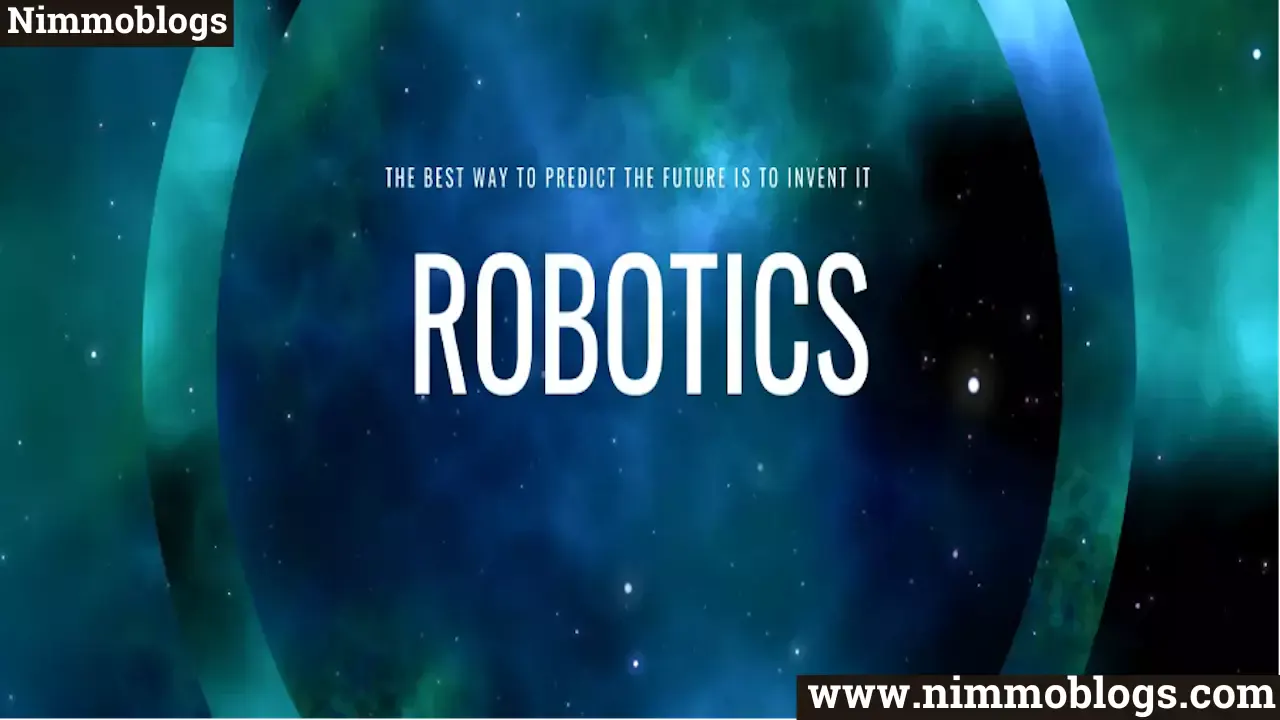
Robotics: What Is Robotics And How Does It Work

Positive Thoughts: Positive Thoughts Can Change Your Life

How To Become Rich With No Money

Top 5 Ways To Become A Rich

Communication: Top 7 Ways To Communicate Effectively

Personality Development Tips For Men

Personality Development Tips For Woman

Meditation: How To Do Meditation At Home

Meditation: Benifits Of Meditation

E-Commerce: What Do You Mean By E-Commerce
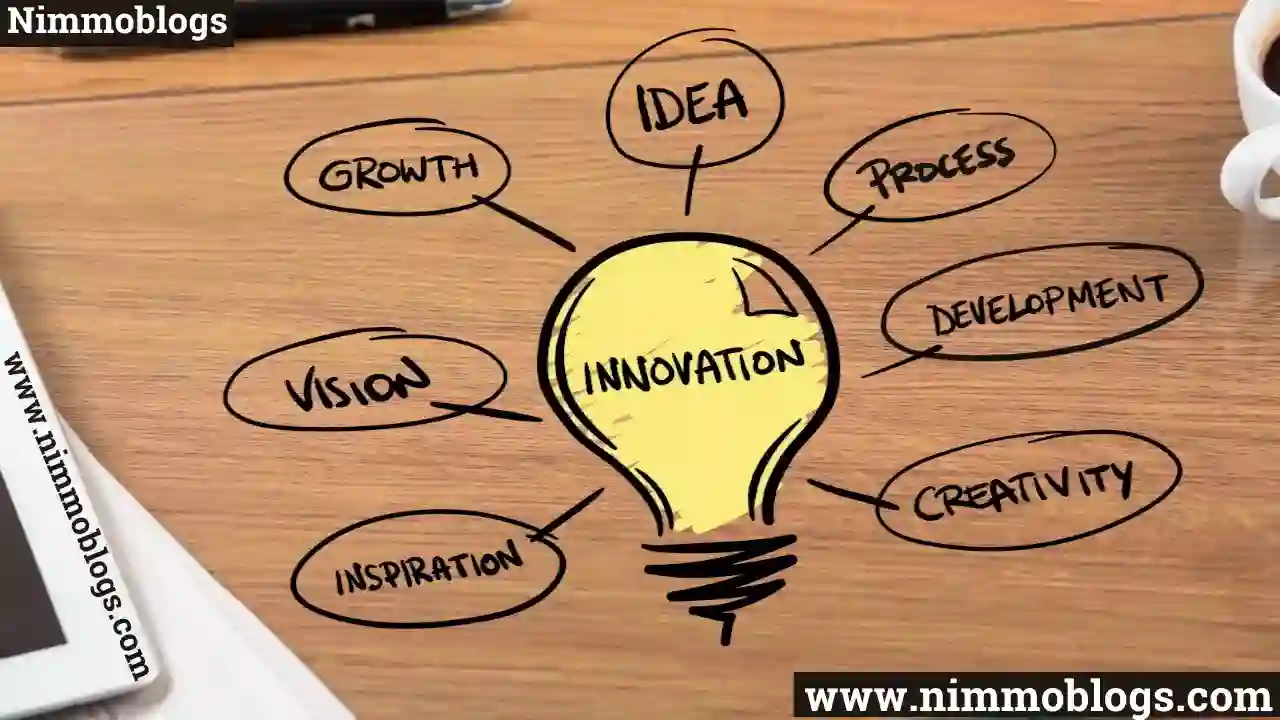
Innovation: What Do You Mean By Innovation
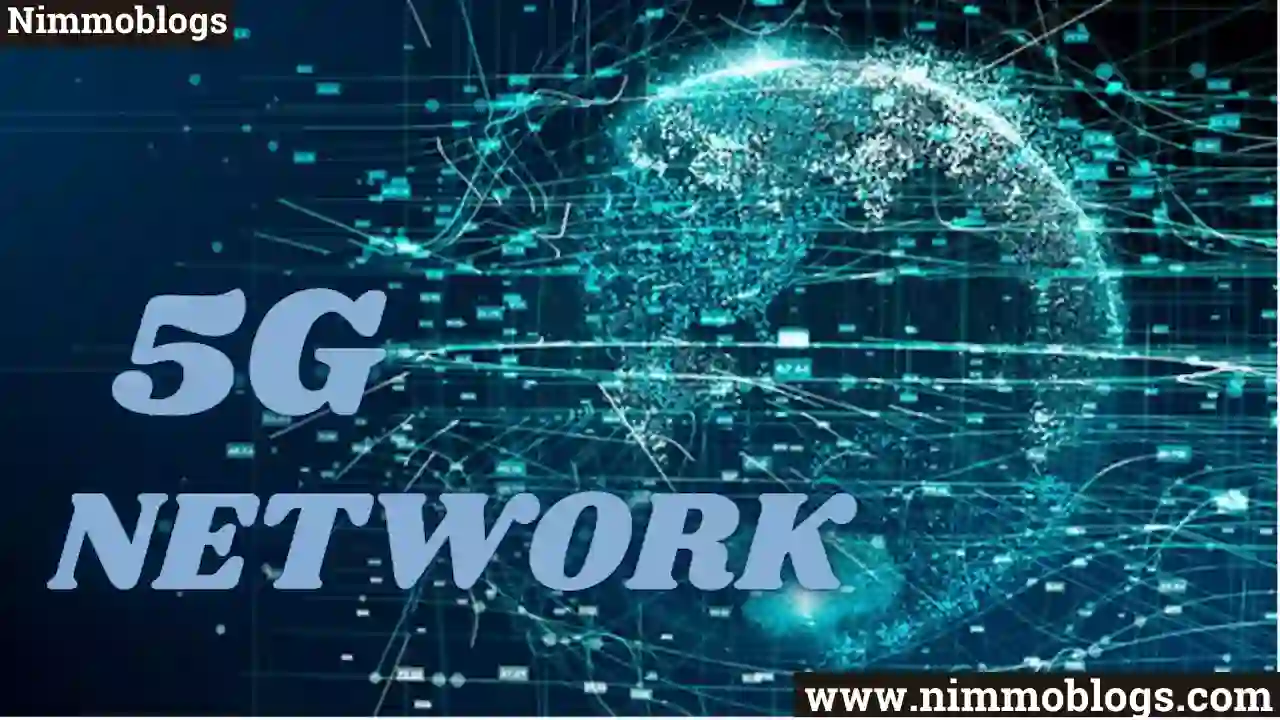
What Is 5g Technology And How It Works
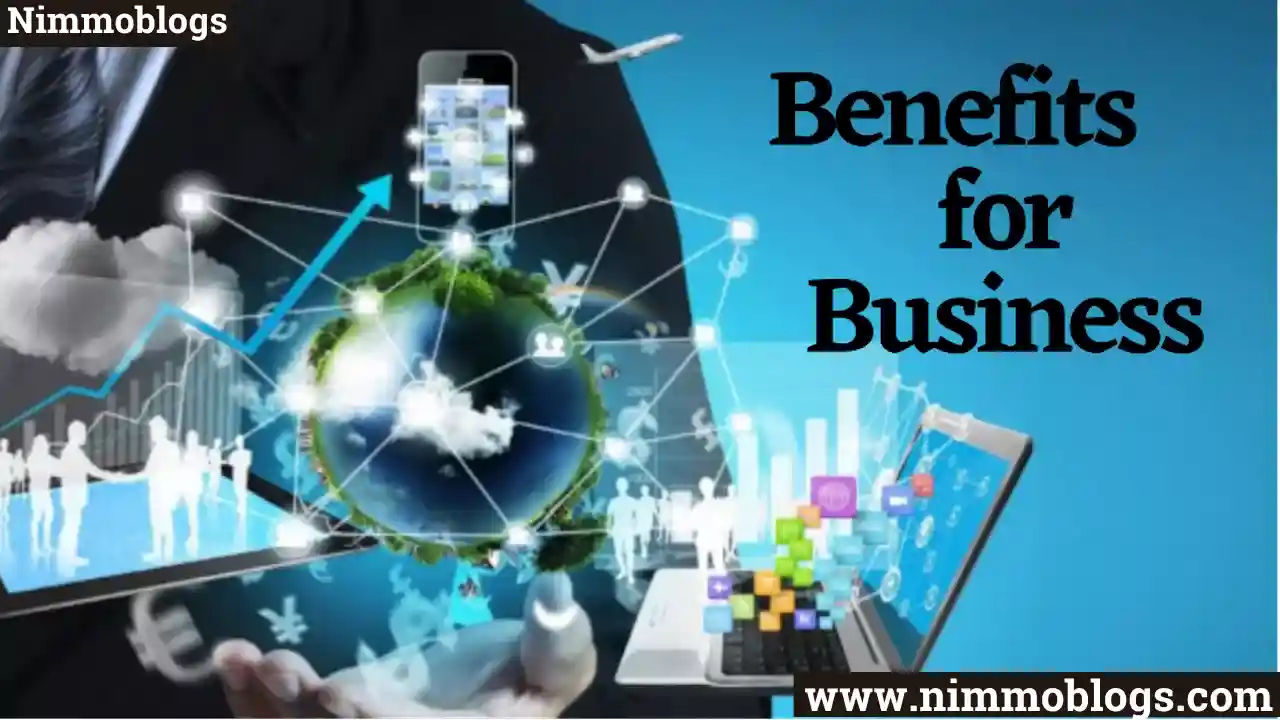
5G Network: 5g Benefits For Business
©2025 Nimmoblogs
All Right Reserved.
Made with
 by Hina Aggarwal
by Hina Aggarwal